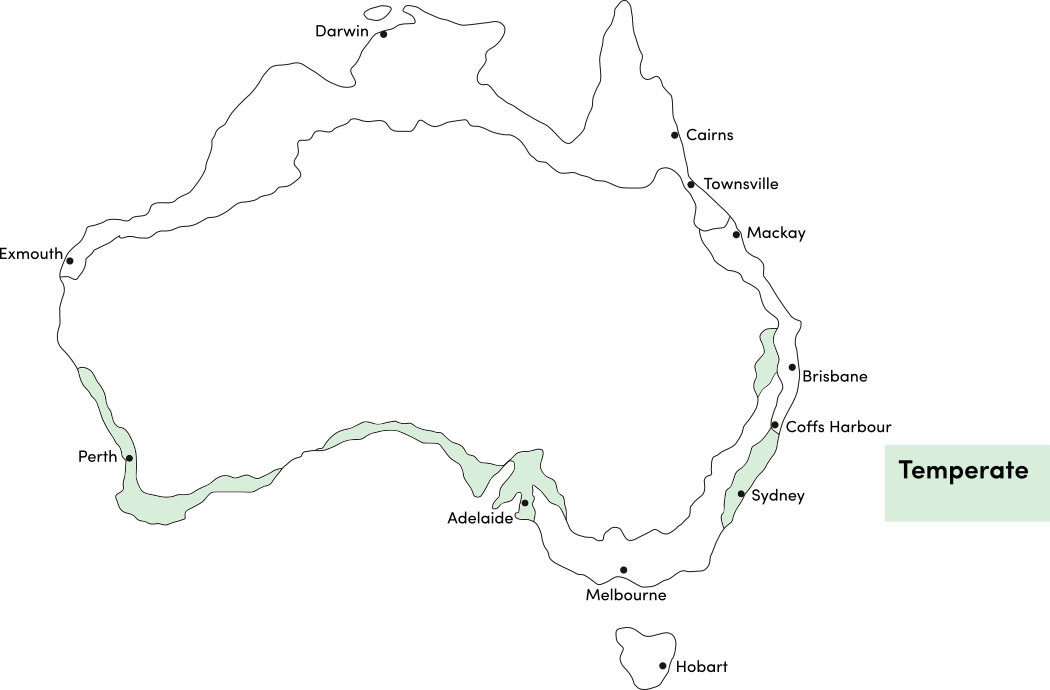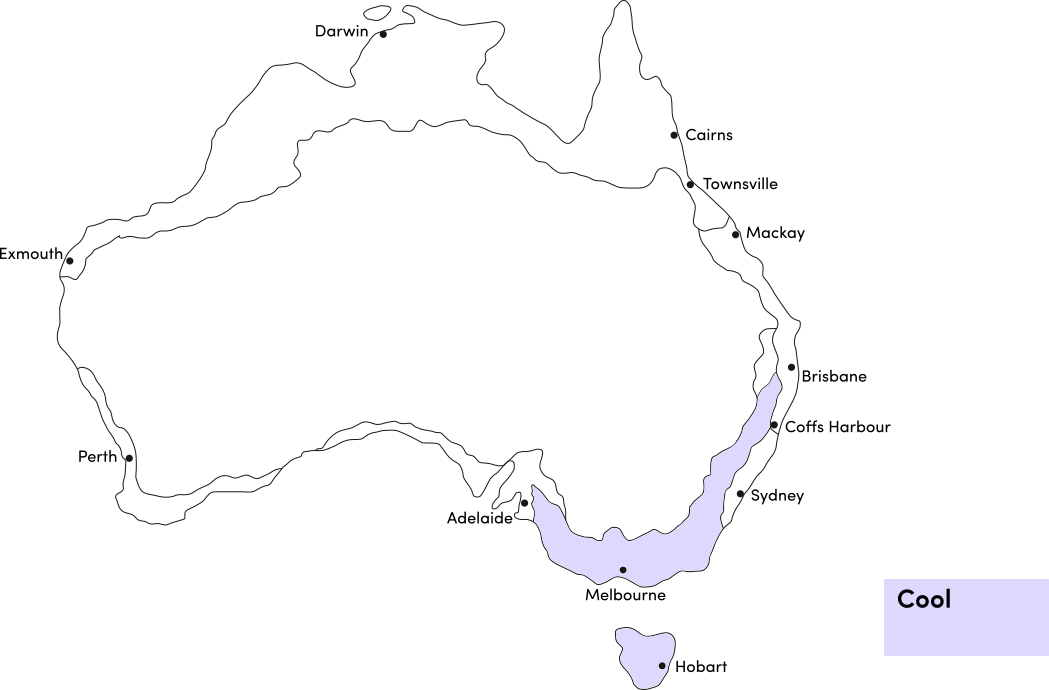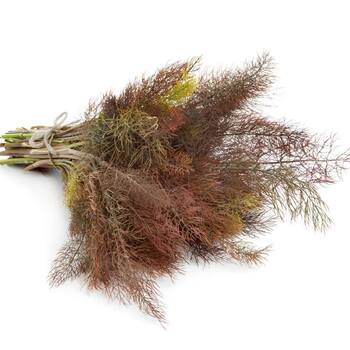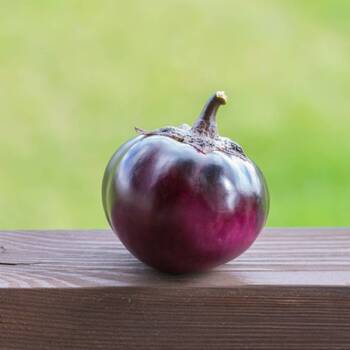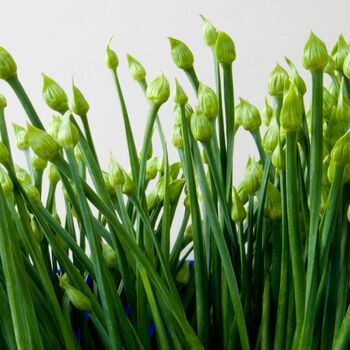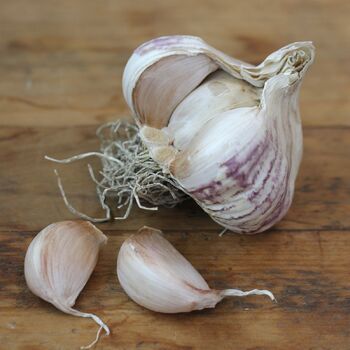Garlic- Dynamite (Bulb)
- Cloves have deep purple skin
- Matures late
- Hot chilli flavour
- NOT TO TAS, WA
Description
Garlic- Dynamite (Bulb)
Allium sativum
NOT TO TAS, WA
- Cloves have deep purple skin
- Matures late
- Hot chilli flavour
A hardneck variety that matures late in the season and has a distinctive hot flavour. Bulbs are small and rounded with white skin and cloves arranged in one or two layers. Cloves have deep purple skin and a hot chilli flavour. Plants are medium height with upright blue-green leaves and scapes that grow as an upside down U. Adapted to climates with cool winters and hot dry summers in southern NSW, VIC and SA.
Hardneck - Creole variety.
8-12 cloves per bulb.
Plant March to May; harvest November to January.
Stores up to 12 months.
Product code: Z-GAR-04
Best Months to Plant
| J | F | M | A | M | J | J | A | S | O | N | D | |
| Cool | ||||||||||||
| Temperate | ||||||||||||
| Sub-Tropical | ||||||||||||
| Tropical | ||||||||||||
| Arid |
Quick Planting Guide
| Method | Sow direct |
|---|---|
| Sowing Depth | 3cm |
| Season | Autumn |
| Hardiness / Life Cycle | Frost Hardy Perennial (usually grown as an annual) |
| Row Spacing | 20cm |
| Plant Spacing | 10cm |
| Plant Height | 40cm |
| Position | Full sun, very well drained soil |
| Days Until Maturity | 270 days |
How To Grow
Shipping
We deliver Australia wide.
All orders are dispatched from our warehouse in Knoxfield, Victoria, Australia.
We do not deliver overseas.
Shipping cost is calculated using all the items in your shopping cart and your delivery postcode. The table below outlines the delivery options and costs.
Christmas Holidays notice: All orders placed now will ship out starting Monday, January 5th.
Please note we are unable to guarantee specific delivery dates or delivery timeframes.
| Order contains: | Delivery options: | Delivery cost per order | |
|---|---|---|---|
| VIC, NSW, ACT, QLD, TAS, SA, NT | WA | ||
| Small seed packets ONLY - | Economy Delivery | $3.00 or FREE on orders over $25 | $5 |
| Parcel Delivery | Capped rate of $8.99 | ||
| Express Delivery | $15.00 | ||
|
BULK seed, garden supplies, tools, or accessories - |
Parcel Delivery |
Capped rate of $8.99 |
|
|
Express Delivery |
Starting from $15.00 (Calculated by weight) |
||
| Live Plants - | Live plants | Capped rate of $10.00 | |
*All orders sent to Western Australia are subject to mandatory inspection and fees by Quarantine WA. These fees are included in all shipping costs above.
**We will replace all orders that are lost or damaged in transit however we will not replace or refund orders simply because they were delivered later than estimated. Full details here.
Ratings & Reviews
Be The First To Review This Product!
Help other The Seed Collection Pty Ltd users shop smarter by writing reviews for products you have purchased.
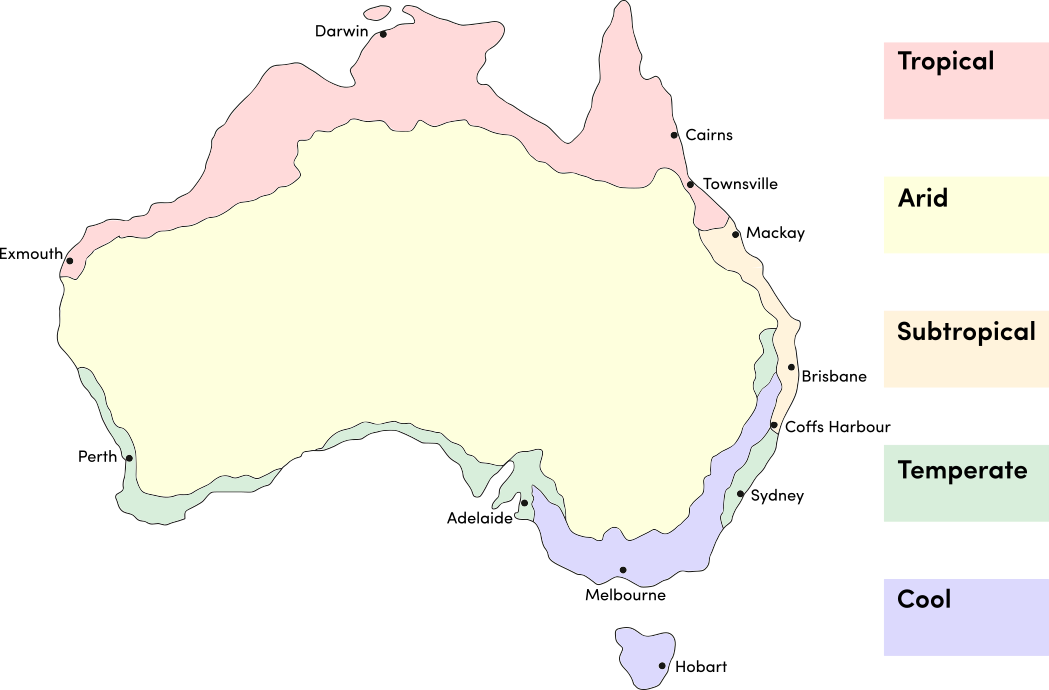
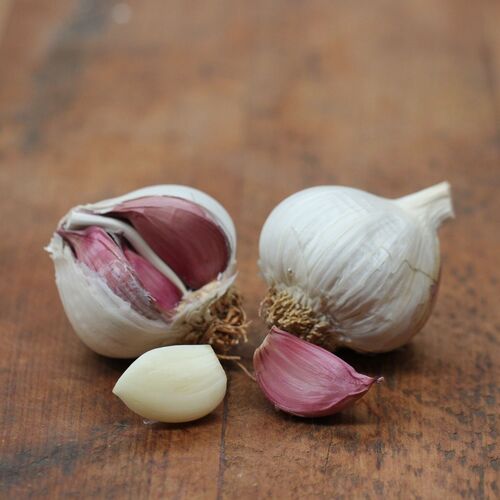
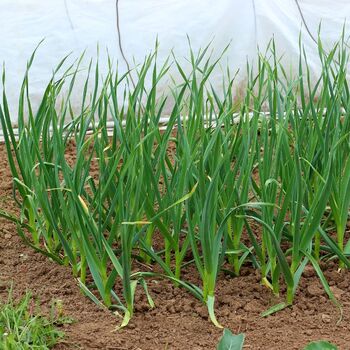
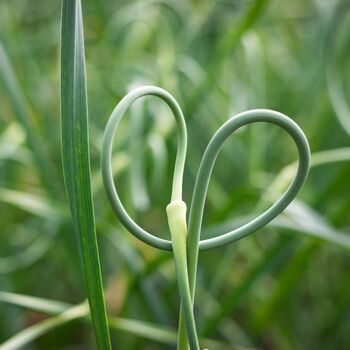

 Culinary use
Culinary use
 Medicinal use
Medicinal use
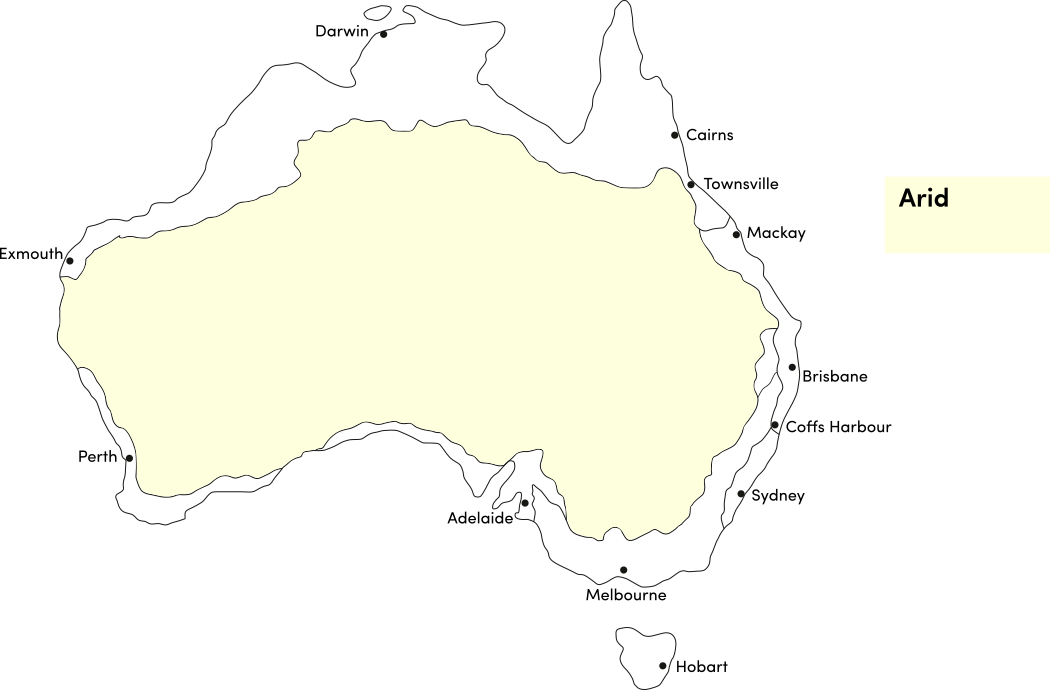
.png)

